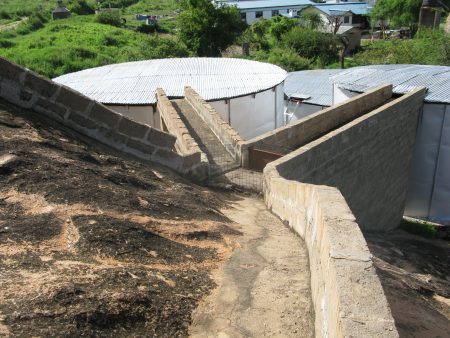Harvesting rainwater in Kenya
Harvesting rainwater in Kenya and several other places is not a new thing. But in the same water-stressed country, where a big portion of the land is arid or semiarid, the quest to get a lasting solution to water shortage has led to development of useful innovations in this age-old practice.
The African Water Bank (AWB), an international nonprofit, has committed itself to sourcing and managing clean water using a more efficient and cheaper method.
The main focus of the technology is to harvest and store rainwater in Kenya on a large quantities. Some of its features such as a large collection area, a guttering system and a storage system. Other features include water gauges, filters and first flush devices.
A sizable AWB rainwater collecting system harvests between 400,000 to 450,000 litres of rainwater in two to three hours of contentious steady rain. The system has an artificial roof of 900 to 1,600 square metres together with storage tanks. The biggest water tank ever built in Narok County has a storage capacity of 600,000 litres.
This quantity of water can be used by a community of over 400 people for nearly 24 months without extra rain. This capacity can be replenished at 220,000 litres per year. The system is highly affordable and can easy to maintain locally. The system also makes use of local skills, labour, materials and technology.
Water collection system
AWB’s Chief Executive Officer, Chip Morgan says the system is able to collect large amounts of rainwater and store it in large storage tanks.
He further adds that the size of the storage system installed by households depends on their water needs.
At the moment, AWB focuses on Narok County, in Kenya’s Rift Valley region that mainly inhabited by the pastoral Maasai community. The initiative has also been introduced in the semiarid Machakos, Pokot, Kajiado and Samburu counties in Kenya and Zambia’s Chavuma district.
The communities, individuals and donors fund the construction of the tanks who pay 50 percent down payment prior to start of construction. Morgan says that despite increasing demand, they are still in a stage where many people are learning of the immense potential of the technology.
